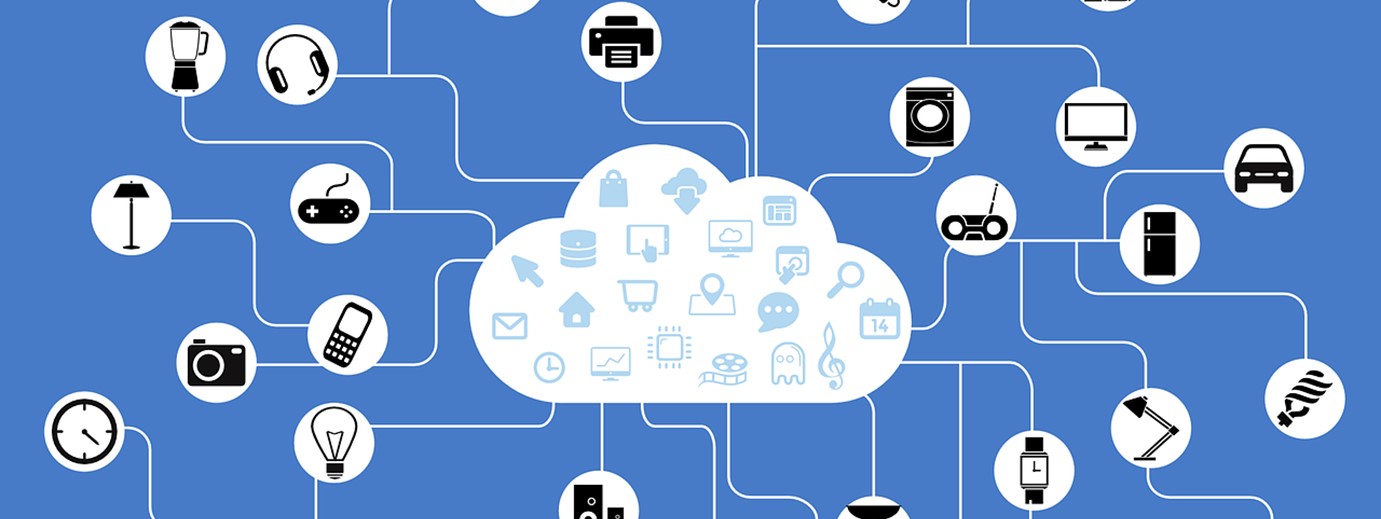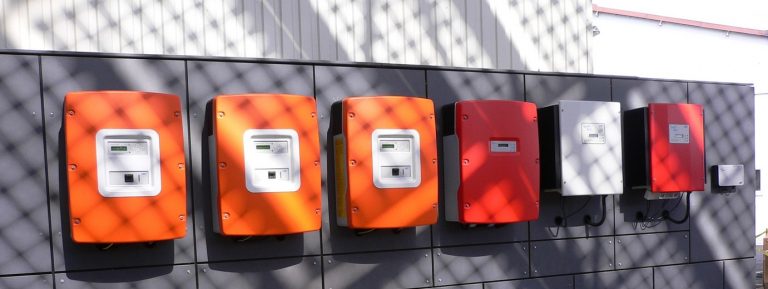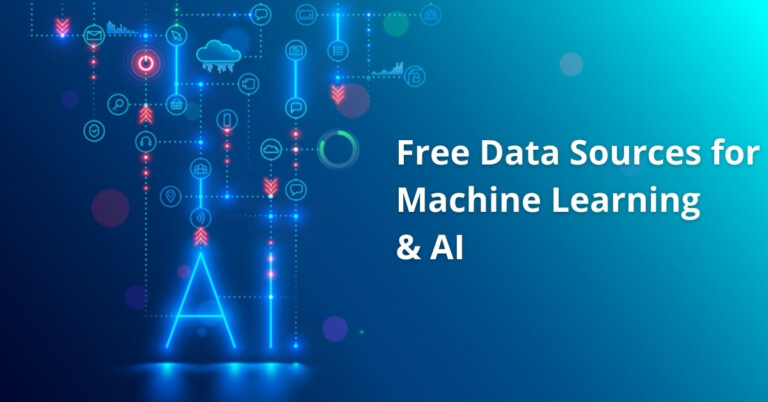Think about a world where every device in your workspace, home, and the car is connected. A world where the coffee starts brewing the moment the morning alarm goes off, lights automatically turn on when you enter the living room, grocery comes at your doorstep when your stocks are running low, and the door automatically gets locked when a stranger approaches the gate. Well, this is the world that the Internet of Things (IoT) can make into a reality.
As the cost of connecting devices is gradually decreasing, more and more devices are being created with Wi-Fi capabilities and inbuilt sensors to create value from things.
According to International Data Corporation (IDC), the market for wearable devices will experience a growth rate of 20.3%, culminating in 213.6 million units shipped in 2020.
IDC
So, what is the Internet of Things exactly?
IoT is a massive network of devices connected to the Internet. This includes anything ranging from jet engines, tablets, smartphones to washing machines, coffee makers, wearable devices; anything that has built-in sensors. To put it simply, IoT is the concept of connecting any device with turn on and turn off capabilities to the Internet or to each other. The main purpose of IoT is to exchange and collect data to create value.
Quite indisputably, the need for connected infrastructure is surging at an exciting speed across disparate industries. IoT not only unravels a new dimension of services that improves the quality of life of consumers but also increases the profitability of enterprises. For consumers- IoT has the capability to deliver solutions that significantly augment health, security, energy efficiency, and other aspects of life. For enterprises- IoT can bolster solutions that enhance the decision-making capabilities of industries serving across different verticals.
As per a research conducted by Gartner, it was found that 30% of our interactions with technology will be through internet-connected machines or smart devices by 2018.
Gartner
The new internet-ready devices are generating terabytes or petabytes of information that can considerably augment enterprise applications, making them more attentive towards what’s happening in real-time. This includes a horde of physical objects connecting to millions of smart gadgets such as mobile phones, tablets, wearables, connected cars and more.
By 2020, Technology research giant, Gartner Inc. forecasts that about 250 million cars will be connected, and the number of wireless connected devices is set to exceed 100 million objects or about 26 smart objects for every person on the planet.
Gartner Inc.
Application areas for the Internet of Things
Smart Homes: Homes and buildings are being powered by wireless sensors to gather data about movement, heat, light, and use of space. Right from augmenting security to reducing the cost associated with maintenance and energy, KritiKal offers a wide range of innovative IoT technologies to develop smart home applications that monitor and control intelligent buildings and smart homes.
Automotive: With the help of sensor-driven applications- road accidents, traffic congestion, and emergency service costs can be reduced. A wireless or connected transit infrastructure enables a safer, more efficient driving experience for people on and off the road. KritiKal provides innovative IoT-enabled solutions for automobiles.
Wearables: Over the past few years, wearable technology has become popular around the world. Right from fitness trackers to smartwatches, IoT gives consumers better control of their lives. KritiKal develops smart ultra-low-power IoT solutions for the wearables vertical.
In short, the Internet of Things bridges the gap between the cyber and the physical world. This, in turn, enables businesses to reinvent how products and services are conceptualized and delivered.



